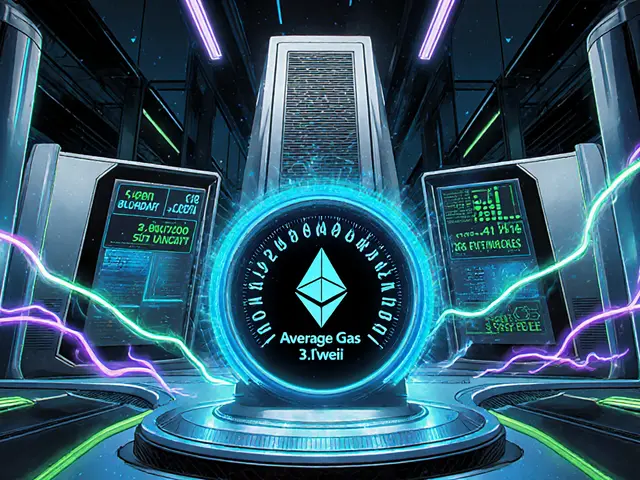Regulatory Landscape: Understanding Crypto Rules and Enforcement
When working with Regulatory Landscape, the collection of laws, guidelines, and enforcement actions that dictate how digital assets are created, traded, and taxed. Also known as crypto regulatory framework, it shapes everything from token issuance to banking relationships. In simple terms, the regulatory landscape tells you what you can do, what you must report, and what could get you in trouble.
The Crypto Exchange Enforcement, actions taken by authorities to fine, sanction, or shut down non‑compliant trading platforms is a core piece of that puzzle. Recent fines on major exchanges illustrate how regulators are tightening oversight, demanding clearer KYC procedures and stronger AML systems. This enforcement pushes exchanges to upgrade security, improve transparency, and adopt best‑practice compliance tools. When an exchange complies, users enjoy smoother withdrawals and fewer surprise account freezes.
Another pillar is Crypto Tax, the set of reporting obligations and tax calculations that apply to crypto transactions. Distinguishing between legal tax avoidance and illegal evasion is crucial. New filing forms, like the IRS 1099‑DA, require detailed transaction data, forcing traders to track buys, sells, and swaps. Understanding tax brackets, capital gains treatment, and deductible expenses can save you from costly penalties and keep your portfolio compliant.
Beyond enforcement and taxes, CBDC, central bank digital currencies that governments are piloting or launching as sovereign digital money are reshaping the broader regulatory scene. Countries rolling out digital euros or digital yuan are establishing new rules for token issuance, cross‑border payments, and data privacy. These state‑backed coins often come with stricter oversight, influencing how private crypto projects design their own tokenomics and interact with traditional finance.
All these pieces—exchange enforcement, tax compliance, and CBDC development—interact in a complex web. The regulatory landscape requires a mix of legal know‑how, tech tools, and ongoing monitoring. For example, a new AML rule might force exchanges to integrate real‑time transaction screening, which in turn affects how traders report gains for tax purposes. Likewise, the rise of CBDCs could prompt regulators to revisit definitions of money and securities, impacting future token classifications.
Understanding this environment helps you make smarter decisions. Whether you’re launching a new coin, trading on a major exchange, or filing your annual tax return, knowing which rules apply saves time and protects your assets. Below you’ll find a curated set of guides that break down the latest enforcement actions, tax strategies, CBDC updates, and practical steps to stay compliant.
Ready to dive deeper? Explore the articles below for detailed analysis, step‑by‑step checklists, and real‑world examples that will keep you ahead of the ever‑changing regulatory landscape.

Explore how regulatory coordination, AI, and blockchain upgrades are reshaping cryptocurrency exchange models in 2025, revealing new revenue streams, consolidation trends, and technical roadmaps.
Continue Reading





